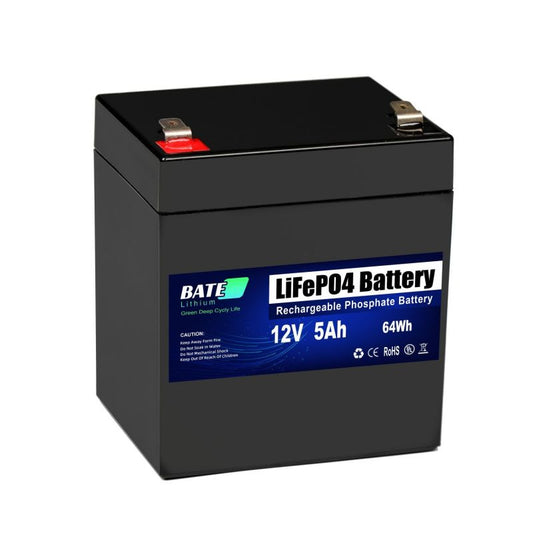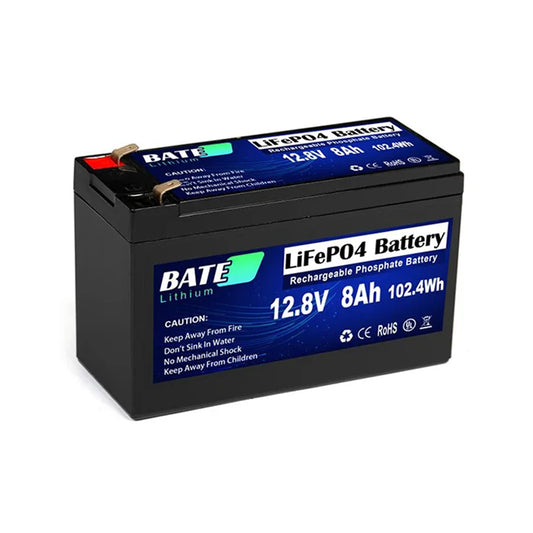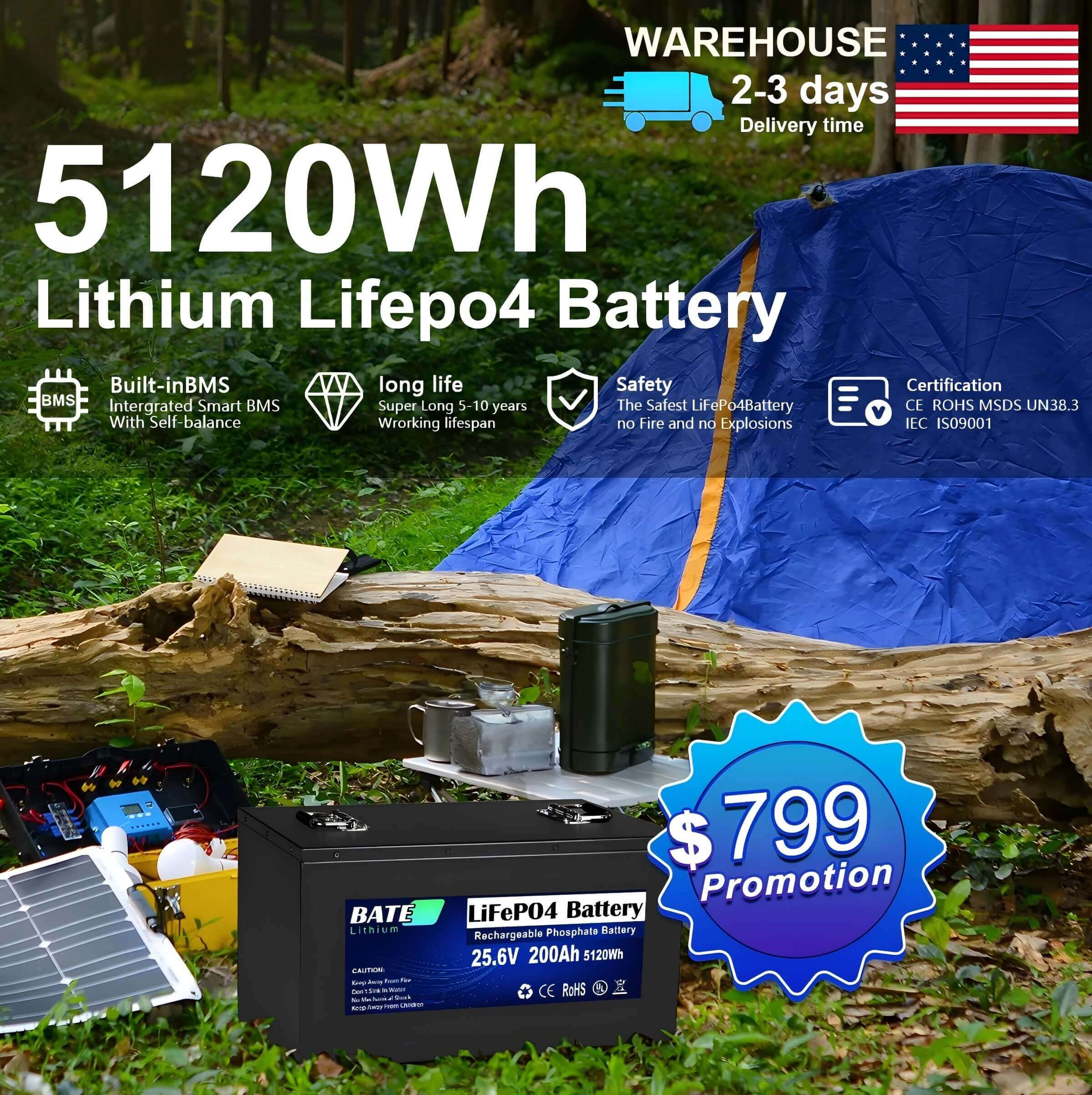The Evolution of Lithium-Ion Batteries: Paving the Way for a Greener Energy Future
In the tapestry of technological advancements that have reshaped our world, few inventions have had as profound an impact as the lithium-ion battery (LIB). This remarkable technology, born out of the relentless pursuit of sustainable energy solutions, has become the cornerstone of the renewable energy revolution, fostering a symbiotic relationship between energy storage and new energy sources.
The Rise of Lithium-Ion Technology
The story of lithium-ion batteries dates back to the early 1970s, when researchers at Exxon first experimented with lithium metal as a battery anode material. However, it was John B. Goodenough's groundbreaking work in 1980, which introduced the concept of using lithium cobalt oxide (LCO) as a cathode, that laid the foundation for modern LIBs. Since then, the technology has undergone continuous improvements, with innovations in materials science, electrolyte formulations, and battery management systems driving down costs and enhancing performance.
Intertwined with New Energy
The proliferation of lithium-ion batteries is intimately linked to the global push towards renewable energy sources such as solar, wind, and hydro power. These clean, abundant energy sources, while environmentally friendly, face a significant challenge: they are intermittent in nature. This means that their output fluctuates with weather conditions and time of day, making it difficult to match supply with demand consistently.
Enter lithium-ion batteries. By efficiently storing energy generated during peak hours or from excess capacity, LIBs bridge the gap between renewable energy production and consumption. They enable us to harness the full potential of solar panels on sunny days and harness wind turbines' power even when the winds are calm. This flexibility is crucial for maintaining a stable and reliable grid, reducing our reliance on fossil fuels, and promoting a greener energy mix.
Revolutionizing Mobility
Beyond their role in grid-scale energy storage, lithium-ion batteries have revolutionized the transportation sector. The electric vehicle (EV) market, once a niche domain, has exploded in recent years, thanks in large part to advancements in LIB technology. With longer driving ranges, faster charging speeds, and reduced costs, EVs are becoming increasingly competitive with traditional gasoline-powered cars.
Moreover, the integration of renewable energy sources into EV charging infrastructure further strengthens the circular economy. Imagine a future where solar panels power EV charging stations, which in turn propel vehicles that emit zero tailpipe emissions. This virtuous cycle not only mitigates climate change but also fosters economic growth and job creation in the clean energy sector.
Challenges & Opportunities Ahead
While the future looks bright for lithium-ion batteries, challenges remain. Raw material sourcing, particularly for lithium, cobalt, and nickel, can be contentious and environmentally taxing. Recycling efforts are crucial to mitigate these issues and ensure a sustainable supply chain. Additionally, the pursuit of even higher energy densities, longer lifespans, and faster charging rates continues to drive research and development.
Innovations like solid-state batteries, which promise safer, more efficient energy storage, are on the horizon. Meanwhile, the integration of artificial intelligence and machine learning into battery management systems is enhancing performance, optimizing charging cycles, and prolonging battery life.
Conclusion
The evolution of lithium-ion batteries has been a testament to human ingenuity and the unwavering commitment to a greener future. By enabling the efficient storage and utilization of renewable energy, LIBs are paving the way for a world powered by clean, sustainable sources. As we continue to navigate the complexities of our energy transition, the story of lithium-ion batteries serves as a beacon of hope, illuminating the path towards a more resilient and environmentally responsible planet.




